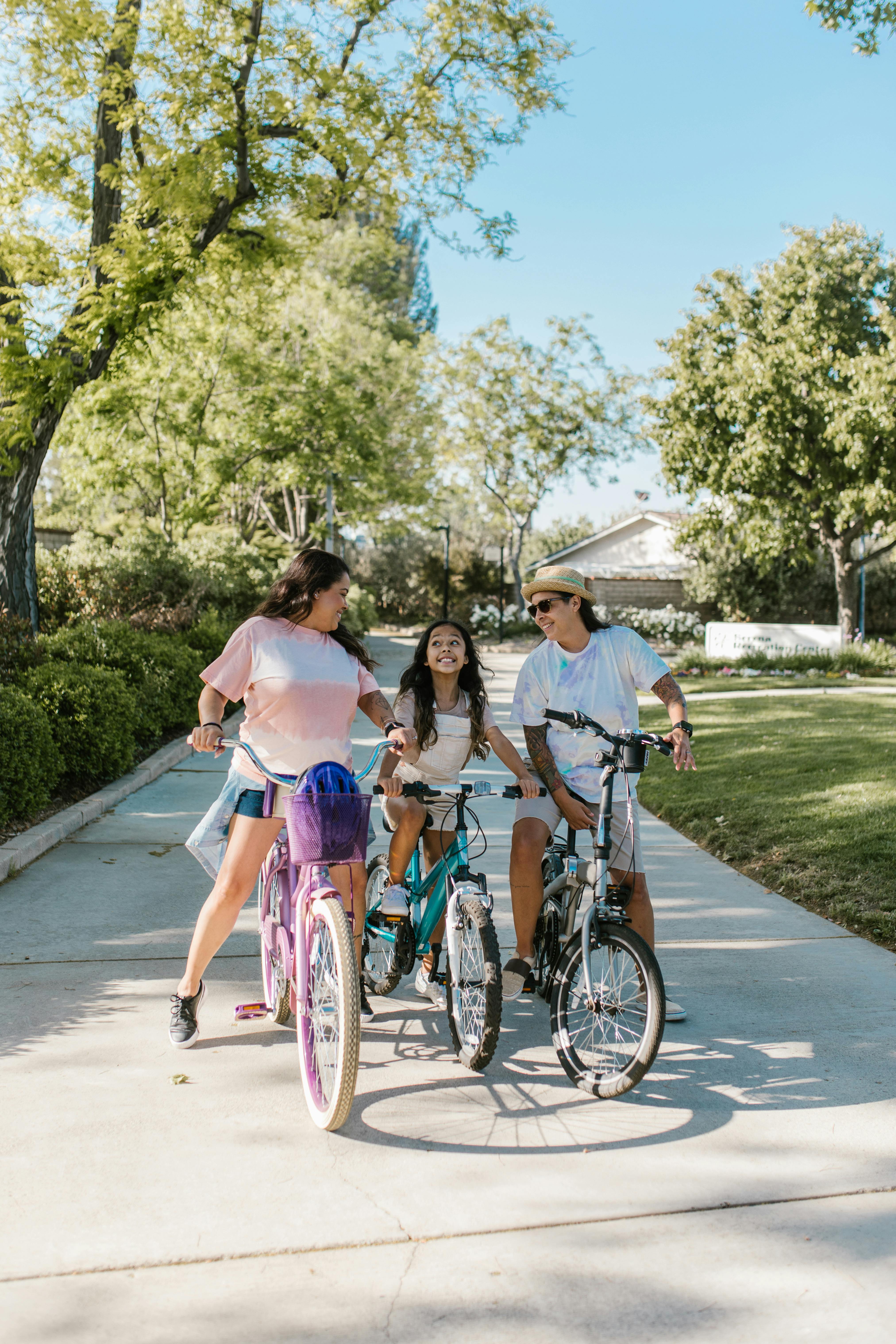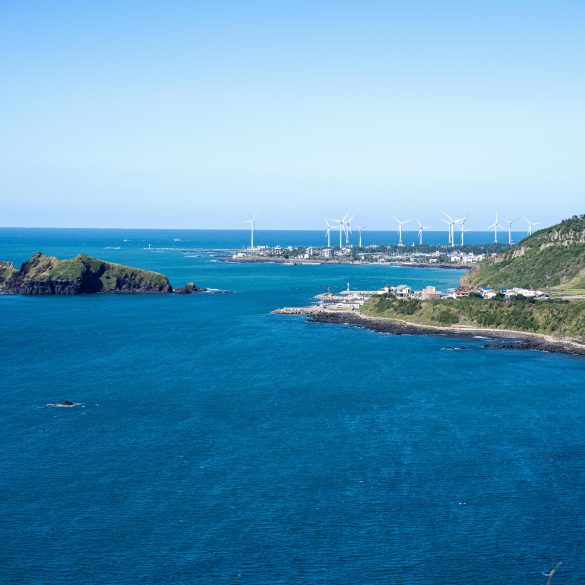Sustainable Travel in 2025: Explore Responsibly & Make a Positive Impact
Let me start with a story—last autumn, backpacking across the Balkans, I woke up to a quiet sunrise in rural Montenegro, realizing just how stark the contrast was between my eco-friendly intentions and the plastic waste I saw littering the trails. On the surface, I’d done everything “right”—carbon offsets, local guides, public transit. But the impact of my travel, positive or negative, didn’t simply hinge on a single checklist. Honestly, the complexity of sustainable travel in 2025 demands not only data-driven decisions but genuine cultural sensitivity, adaptability, and ongoing self-reflection. It’s never just about seeing new places; it’s how we move through the world that truly matters.
Fast forward to today, and the landscape for travelers is shifting faster than ever. Post-pandemic travel habits, climate resilience strategies, and local community involvement are now at the forefront—plus, there’s growing pressure from both governments and travelers themselves to prioritize sustainability at every turn1. Yet, even with new standards and certifications cropping up every month, what actually works? How do you balance wanderlust with responsibility, and what real impact can a single traveler have? That’s exactly what we’ll unpack in this guide—layered for everyone, from first-timers to seasoned adventurers, grounded in authentic experience, recent data, and honest emotional connection.
Why Sustainability Matters More in 2025
Here’s what gets me these days: the numbers. According to the United Nations World Tourism Organization, travel now contributes almost 10% of global GDP but also accounts for 8% of annual global emissions—a figure that’s rising as millions gain access to travel experiences2. Meanwhile, destinations from Venice to Bali are grappling with overtourism, infrastructure strain, and cultural dilution. The paradox? Travel connects us, yet it can erode the very things we came to enjoy.
Sweden was the first country to formally integrate the concept of “flygskam” (“flight shame”) into national campaigns, advocating for low-carbon travel alternatives and influencing European travelers’ habits as early as 20193.
Honestly, I reckon the stakes have never been higher. In recent years, climate events—wildfires in Australia, floods in Italy, drought in Cape Town—have forced entire regions to reconsider tourism’s place in local economies4. Plus, environmental certifications and traveler demands for transparency are reshaping everything from booking sites to luggage manufacturers. The more I see, the more I realize that “sustainable travel” isn’t a static goal but an evolving practice—a continual negotiation between personal choices and planetary impact.
Defining Responsible Travel: Beyond Buzzwords
You hear it everywhere—eco-friendly, low-impact, green, regenerative, ethical. But let me clarify: terms are only as useful as their practice. Years ago, I thought “responsible travel” just meant avoiding single-use plastics and donating to wildlife funds. Now, after speaking with grass-roots organizers in Southeast Asia and sustainability managers in EU hostels, I’m convinced it means something deeper: sourcing ethically, respecting local customs, investing in conservation, and advocating for systemic change5.
- Choose local over chain—support independent businesses and community projects.
- Seek out verified sustainability certifications (GSTC, Blue Flag, B Corp, etc.)
- Educate yourself about local history, current events, and indigenous rights.
- Practice “leave no trace” principles, even in urban environments.
- Share your learning with others, and remain open to evolving your perspective.
Sound simple? It’s deceptively tough, especially when travel is commoditized and “ethical” labels are co-opted for marketing purposes. The more you dig, the more questions arise—what counts as “eco-lodge”? Are wildlife encounters really ethical? Which “carbon offsets” actually work?6 There aren’t easy answers, but that uncertainty is exactly where the real learning begins. Hang on to your skepticism—it’s healthy and needed.
Planning: Sustainable Strategies Before You Go
Having planned dozens of trips for clients, friends, and myself, I can’t overstate the importance of intentional pre-trip choices. From my experience, the most impactful decisions happen before you ever set foot in an airport or bus station. Start with honest self-reflection: What’s your reason for traveling? Who benefits from your trip? How will you minimize harm and maximize local benefit?
- Research certified accommodations and tour operators.
- Consider seasonal timing—travel in shoulder seasons to reduce strain.
- Connect with local groups (social media, forums, NGOs) before arrival.
- Pack efficiently to avoid unnecessary waste and carbon footprint.
Plus, always check for travel advisories related to environmental issues, infrastructure, or health guidelines—a lesson I learned the hard way after ignoring post-earthquake advisories in Nepal, and spending two days stranded outside Pokhara. It pays to be humble and flexible; sustainable travel isn’t about perfection, it’s about progress.
For many, budget is the biggest constraint—a topic that used to stress me out, until I realised that many sustainable choices (like using public transport or eating local street food) are actually more affordable than mainstream tourist packages. The “sustainable premium” is often a myth; the real cost is time and effort7.
Transportation: Eco-Friendly Choices & Pitfalls
Everyone talks about flying less, but in 2025, air travel emissions remain a sticking point. Trains and bus systems—especially in Europe and Asia—offer fantastic alternatives, giving you a real feel for the landscape and local culture. Naturally, public transit takes planning and adaptation, which some travelers resist. Funny thing is, my best friendships have started over train delays in rural France or missed buses in Morocco.
| Mode | Avg CO2/kg per 100km | Cost Range (USD) | Experience Factor |
|---|---|---|---|
| Flight | 22 | $50-$400 | Fast but high impact |
| Train | 1.7 | $10-$100 | Scenic, social |
| Bus | 2.6 | $4-$40 | Flexible, local |
| Carpool/Ride-share | 3.6 | $7-$75 | Community driven |
| Bicycle | 0 | $1-$15 | Active, immersive |
I’ll admit—even with all my sustainable intentions, I sometimes opt for flights, especially when tight schedules or border restrictions come into play. The key: offset responsibly8, choose direct flights, and support airlines leading in biofuel adoption. But please, don’t fall for “greenwashing”—scrutinize their initiatives, and always compare alternatives.
On the Ground: Impactful Actions at Your Destination
Landing in a new place, I used to be laser-focused on the photo ops. Nowadays, I start by asking: What are the current local challenges? Which NGOs or local businesses are making a difference? What can I actually contribute beyond money?
- Join local clean-ups, conservation projects, or educational workshops.
- Avoid mass-market tours; opt for small group or community-run experiences.
- Support businesses that employ locals and give back to the community.
- Minimize resource use: conserve water, energy, and reduce waste.
- Respect rules about photography, wildlife, and sensitive sites.
One mistake I made—assuming volunteering was always welcomed. Turns out, some NGOs prefer financial support or skills transfer, not ad-hoc volunteer labor. Always ask first, and listen to local advice. The more I travel, the more I keep my eyes and ears open for what’s truly needed.

Local Culture & Community Involvement
This is where things get genuinely interesting for me. I remember talking with a hotel owner in Chiang Mai about the pressure she felt to “Westernize” food and decor—at the expense of local identity and sustainability. There’s a real cost to cultural dilution. In 2025, authentic sustainable travel depends on challenging assumptions and embracing true diversity9.
Ever notice how guides and hosts respond better when you show up curious rather than judgmental? Practice the art of “slow travel”—more time in fewer places, deeper conversations, less rush.
- Ask about local customs before participating in ceremonies or events.
- Learn basic greetings and phrases in the local language.
- Dine with locals or take a cooking class for insider perspectives.
- Buy directly from artisans—avoid imported souvenirs.
- Advocate for local festivals and arts, rather than globalized performances.
I’ll be honest, I’ve sometimes struggled with ethical dilemmas—should I photograph street life? Is it exploitative or respectful? Colleagues at cultural exchange NGOs always remind me: “Ask, listen, adjust.” No one gets it right every time, but intention and dialogue set the stage for authentic growth.
Sustainable Travel on a Budget
Here’s a myth I must bust: living sustainably on the road always costs more. That’s rarely true in my experience. Street food, ride-shares, small guesthouses, and public transport are often far cheaper than mainstream travel options. What really matters is using your budget as a tool for positive impact.
| Strategy | Approx Cost Per Day (USD) | Impact Rating | Scalability |
|---|---|---|---|
| Hostel/Guesthouse | $12-35 | High | Global |
| Street Food | $4-15 | High | Urban/Asia |
| Ride-share/Carpool | $5-7 | Medium | Regional |
| Eco tours/workshops | $15-60 | Very High | Selective |
Here’s what I’ve learned: sharing costs—by cooking, carpooling, or community stays—doesn’t just save money, it forges friendships and multiplies impact. One caveat: beware “budget” options that exploit workers or damage local environments. Ask for transparency, and don’t be afraid to walk away10.
Safety, Accessibility & Inclusive Travel
I’ve made some huge mistakes here. Years ago, I failed to check the accessibility of a mountain trail in Colombia, only to discover my companion (who used a wheelchair) could not participate. Accessibility is now a priority, not an afterthought, for genuinely sustainable travel.
- Check accessibility ratings for hotels, transit, and attractions.
- Prioritize destinations with public safety protocols and community-first emergency services.
- Look for inclusive experience providers—those who accommodate ability, age, family status, and background.
- Respect dietary restrictions and health needs in food choices and local customs.
Canada’s Accessible Canada Act, introduced in 2019 and updated for travel sectors in 2024, mandates inclusive design and emergency support in tourism, positioning it as one of the most accessible travel destinations for 202511.
Honestly, inclusivity is an ongoing learning process. Ask for feedback, connect with advocacy groups, and share stories of both failure and success. The goal: empower everyone to travel safely and confidently.
Tech Trends Shaping Sustainable Travel
As we edge deeper into 2025, technology is a double-edged sword in travel sustainability. On one hand, apps and digital platforms simplify planning for eco-friendly choices: carbon calculators, transparency ratings, local event finders, and community-based review sites now empower travelers to make better decisions in real-time12. On the other, there are privacy concerns and digital overload—plus a tendency to rely too much on tech and not enough on genuine local interaction.
- Leverage apps like Good On You, Ecosia, and FairTrip for destination insights.
- Follow hashtags and groups for timely crisis updates and advocacy.
- Balance research with serendipity—avoid overplanning.
- Stay vigilant about digital security when accessing public Wi-Fi or booking online.
Tech will only get more powerful—but always balance screen time with real-world engagement. And keep recalibrating as tools evolve.
Future-Proofing Your Adventures
If you’re asking yourself, “How can I ensure my travel stays positive for years to come?”—congrats. That’s the real question. My perspective has changed repeatedly; even ideas I once dismissed have proven crucial with new challenges13. Focus on adaptability, local advocacy, and a willingness to update your approach. Document impact—journal, survey, reflect. Support education initiatives wherever you travel—a legacy far beyond footsteps.
References & Further Reading
References



